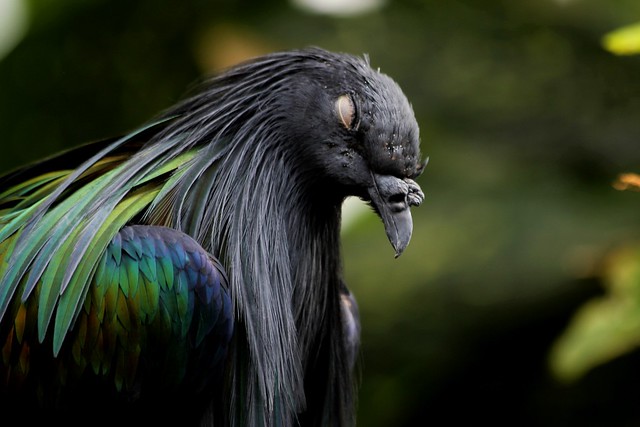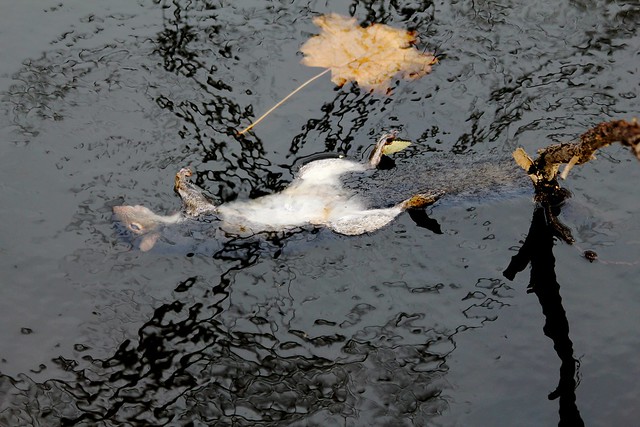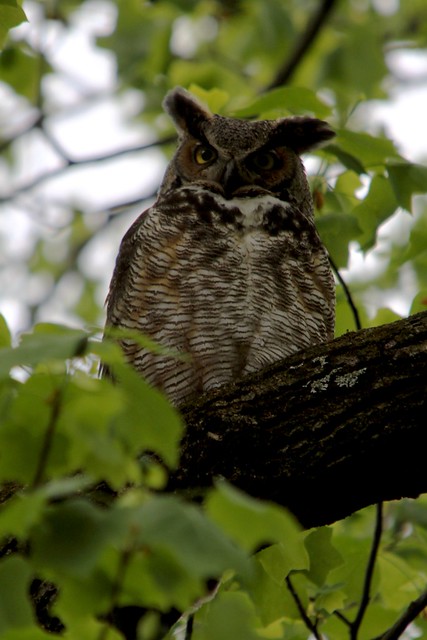
Photo: Above features a Nicobar Pigeon (Caloenas nicobarica), not a Rock Dove.
The genome of the Rock Dove -aka Pigeon, flying rat, etc.- (Columba livia) has been sequenced. In this article, you can see the great diversity of this invasive species that originated in Eurasia and brought over as a food item.

Photo: Rock dove as a food item to a Buteo jamaicensis.
Fancy breeds of pigeon were developed over time since they also served as pets to humans. As with other pets, multiple breeds were developed that preferentially display different variations of traits. Sequencing genomes of other organisms is useful for us to understand the common toolkit that all life forms on this planet share and the effects of carrying specific variations of genes.
The article states:
But Dr Mike Shapiro says the pigeon may lead us to some very useful information about ourselves.
“Just about all animals use the same toolkit of genes to build their bodies and to control similar processes during development,” the University of Utah, Salt Lake City, researcher explained.
“By understanding how these processes work in other animals, we can in turn learn more about normal and abnormal variation in humans as well. If you take the gene we identified, this EphB2 gene – this is a gene that has also been implicated in particular types of cancers. It may also have a role in the progression of Alzheimer’s disease,” he told BBC News.





